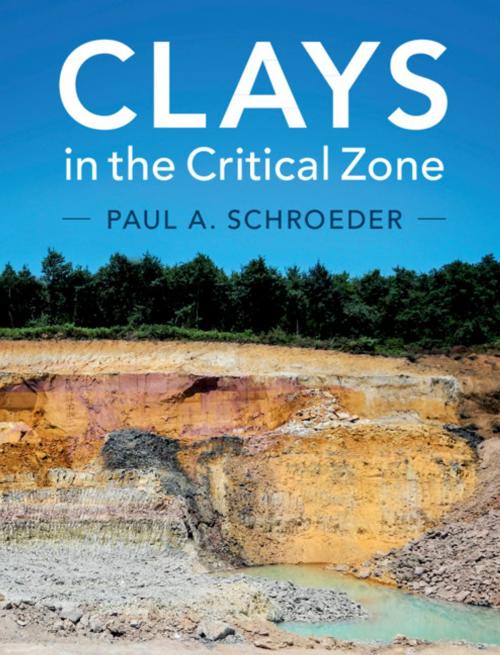Clays in the Critical Zone
Nonfiction, Science & Nature, Science, Earth Sciences, Mineralogy, Nature| Author: | Paul A. Schroeder | ISBN: | 9781108617765 |
| Publisher: | Cambridge University Press | Publication: | June 30, 2018 |
| Imprint: | Cambridge University Press | Language: | English |
| Author: | Paul A. Schroeder |
| ISBN: | 9781108617765 |
| Publisher: | Cambridge University Press |
| Publication: | June 30, 2018 |
| Imprint: | Cambridge University Press |
| Language: | English |
Clays and clay minerals are the most abundant natural reactive solids on the Earth's surface. This comprehensive review considers clay science in the context of the Critical Zone - the Earth's permeable near-surface layer. Providing information on clays and clay minerals related to geological, biological and material sciences in the Critical Zone, it's well suited for graduate students and researchers interested in clay science, and environmental and soil mineralogy. The book starts with an introduction to clays and clay minerals, their historic background, and a review of how clay science impacts the Critical Zone. Examples and applications demonstrate how clays regulate habitats and determine the availability of other resources. These examples are supported by quantitative field data, including numerical and graphical depictions of clay and clay mineral occurrences. The book concludes by covering Critical Zone clay geochemistry and clay sequences, including the industrial, synthetic medical and extra-terrestrial world of clay science.
Clays and clay minerals are the most abundant natural reactive solids on the Earth's surface. This comprehensive review considers clay science in the context of the Critical Zone - the Earth's permeable near-surface layer. Providing information on clays and clay minerals related to geological, biological and material sciences in the Critical Zone, it's well suited for graduate students and researchers interested in clay science, and environmental and soil mineralogy. The book starts with an introduction to clays and clay minerals, their historic background, and a review of how clay science impacts the Critical Zone. Examples and applications demonstrate how clays regulate habitats and determine the availability of other resources. These examples are supported by quantitative field data, including numerical and graphical depictions of clay and clay mineral occurrences. The book concludes by covering Critical Zone clay geochemistry and clay sequences, including the industrial, synthetic medical and extra-terrestrial world of clay science.















